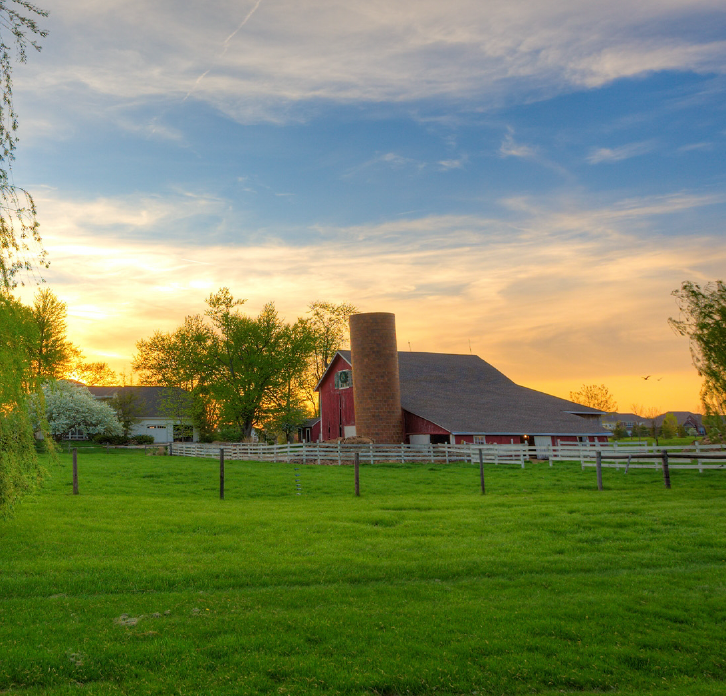
Carbon capture and storage (CCS) represents the next leap forward for American bioprocessing. CCS can help meet the growing demand for low-carbon biofuels, add value to every bushel of corn and every acre of land, and ensure the prosperity of America’s farm families for future generations.
Bioprocessing Indiana-grown corn creates value from every part of the kernel, leaving nothing to waste. The starch is fermented, producing bioethanol, while the remaining protein, oil, and micronutrients are used to produce a multitude of bioproducts, including animal feed.
Value is again created from the pure, biogenic CO2 released during the process. CO2 is captured and sold for commercial use, such as carbonated beverages, and will soon be for permanent geologic storage to reduce the overall carbon intensity of our fuels. It’s a win-win every step of the way.

INVESTING IN INDIANA’S GROWTH
When farmers harness this impressive technology, they can tap into new markets around the world, creating more certain and reliable markets for their corn. That means new investment, more jobs, and greater value to Indiana farms and their crops.
Already, bioethanol production supports more than 35,000 jobs and over 19,000 farms, adding more than $3.5 billion to our state’s economy. Almost 40% of Indiana’s corn crop goes to in-state bioprocessing facilities to create biofuels, feed, biogenic CO2, and other valuable co-products. With carbon capture, our bioeconomy will continue to grow.
PROVEN SAFE TECHNOLOGY
Injecting CO2 for enhanced oil recovery started in the 1960s and permanent geologic storage of CO2 began in the 1990s. CCS is nothing new, but technology has continued to improve over the years. CO2 projects have an impressive safety record in part because they are strictly regulated by the government and undergo continuous monitoring and maintenance.

FAQ
WHY IS CO2 CAPTURE NECESSARY?
The marketplace is demanding lower-carbon biofuels. U.S. biofuel producers must adapt to stay competitive, and capturing CO2 will help us do that. The good news is that keeping bioethanol production competitive will also help maintain a steady demand for local grain and abundant supplies of feed for years to come.
We know that when American biofuels thrive, so does the American farmer. When the bioethanol industry scaled up from less than 1% of the nation’s gasoline supply to more than 10%, U.S. farm income nearly tripled. Land values more than doubled. As CO2 capture from bioethanol expands, so too will farm incomes, just as they did in the past.
WHAT IS THE SURFACE IMPACT OF CARBON CAPTURE?
For most landowners, there will be no surface impact. Most agreements are for pore space — the area where the CO2 will be sequestered, at least 3,000 feet below the surface of the ground.
WHAT ARE THE BENEFITS?
Capturing value from CO2 will yield new jobs, local investment, and sustained economic growth. Local landowners will receive payments for their subsurface rights. Most importantly, capturing CO2 will ultimately enhance the value and long-term market demand of corn for Hoosier farmers.
IS CSS SAFE?
Yes. Once the CO2 is captured, it will be injected at least 3,000 feet below ground level, sealed by thick, impermeable layers of rock formations confining the CO2 from moving upward. Additionally, monitoring wells are placed on site to ensure CO2 and pressure in the formation are continuously tracked.
The geological sequestration of carbon is overseen by the EPA, as well as other state agencies like the Indiana Department of Natural Resources. Carbon injection projects must apply for a Class VI well permit within the EPA and follow strict guidance from both federal and state agencies.

Paid for by the Indiana Ethanol Producers Association

